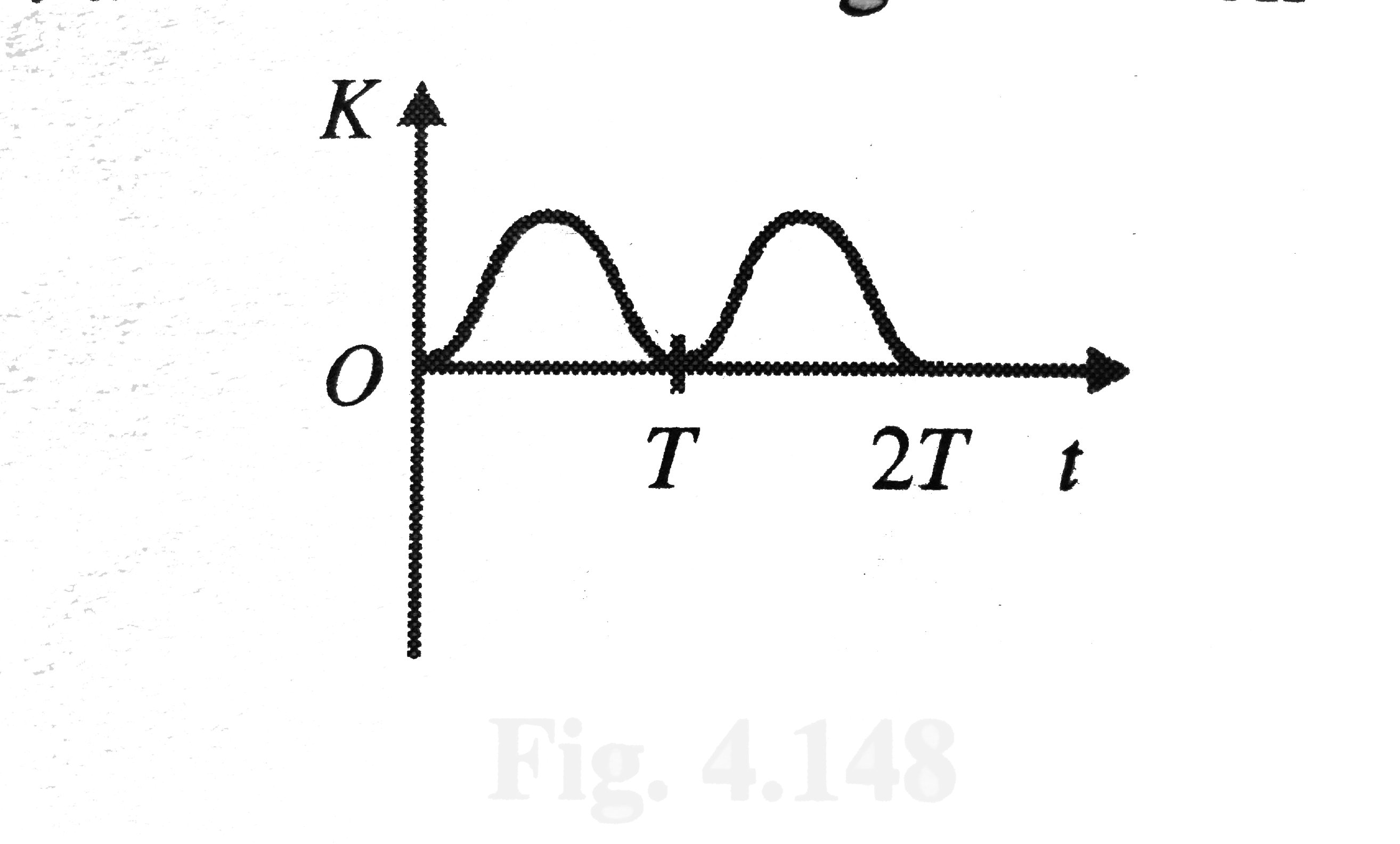
A particle is performing SHM. Its kinetic energy K varies with time t as shown in the figure. Then
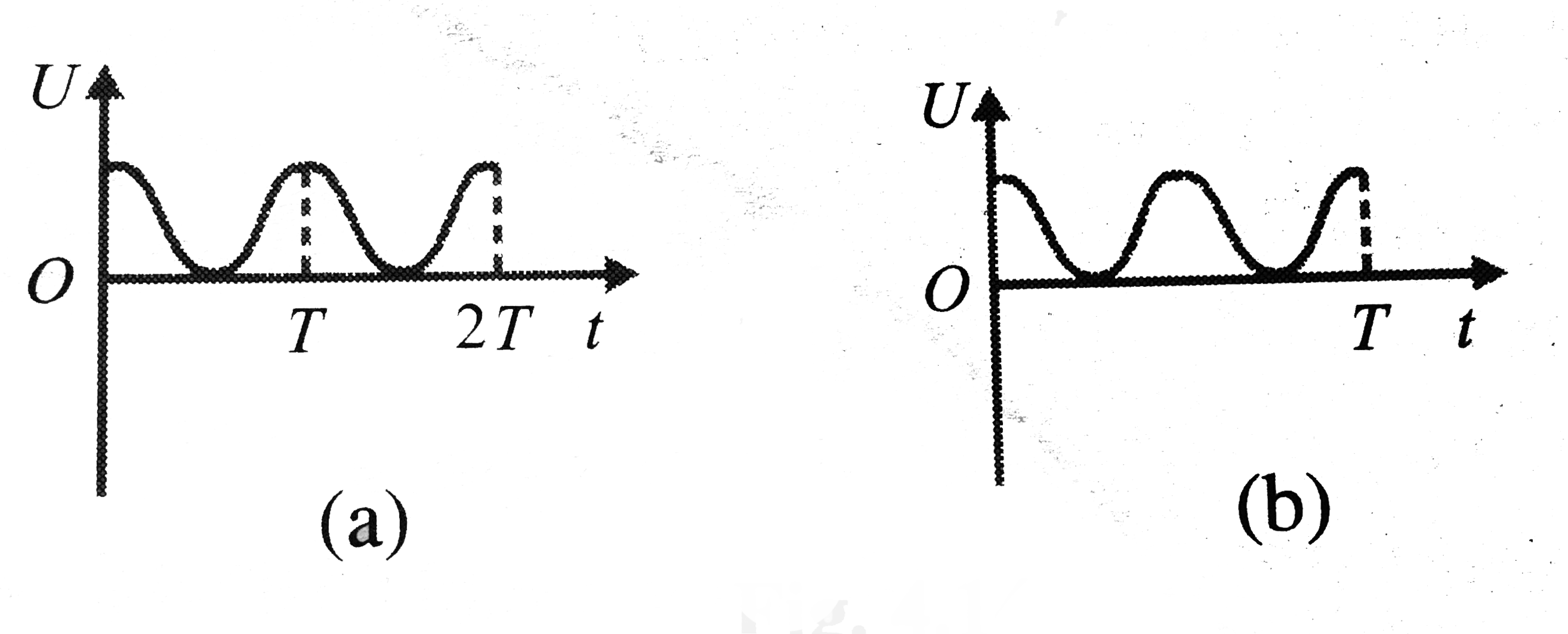
Period of oscillation of the particle is equal to T.
excess potential energy U of the particle varies with time t as shown in Fig.
excess potential energy U of the particle varies with time t as shown in fig.
none of these
The correct Answer is:B
When a particle performs SHM, its total energy remains constant. It means, kinetic energy plus excess potential energy is a constant, which is equal to maximum possible kinetic energy.
Hence, excess potential energy will be maximum when KE is equal to zero and zero when KE is maximum possible. Hence option (b) is correct. If frequency of oscillations of a particle is equal to n, then frequency of veriation of its KE is equal to T, then time period of oscillations of the particle will be equal to 2T. Hence option (a) is wrong.
Topper's Solved these Questions
- LINEAR AND ANGULAR SIMPLE HARMONIC MOTIONBook:CENGAGE PHYSICSChapter:LINEAR AND ANGULAR SIMPLE HARMONIC MOTIONExercise:Multiple Correct
Explore 35 Videos
- LINEAR AND ANGULAR SIMPLE HARMONIC MOTIONBook:CENGAGE PHYSICSChapter:LINEAR AND ANGULAR SIMPLE HARMONIC MOTIONExercise:Assertion Reasoning
Explore 6 Videos
- LINEAR AND ANGULAR SIMPLE HARMONIC MOTIONBook:CENGAGE PHYSICSChapter:LINEAR AND ANGULAR SIMPLE HARMONIC MOTIONExercise:Subjective
Explore 21 Videos
- KINETIC THEORY OF GASES AND FIRST LAW OF THERMODYNAMICSBook:CENGAGE PHYSICSChapter:KINETIC THEORY OF GASES AND FIRST LAW OF THERMODYNAMICSExercise:Interger
Explore 11 Videos
- MISCELLANEOUS KINEMATICSBook:CENGAGE PHYSICSChapter:MISCELLANEOUS KINEMATICSExercise:Interger type
Explore 3 Videos
Similar Questions
A particle starts from rest. Its acceleration is varying with time as shown in the figure. When the particle comes to rest, its distance from its starting point is
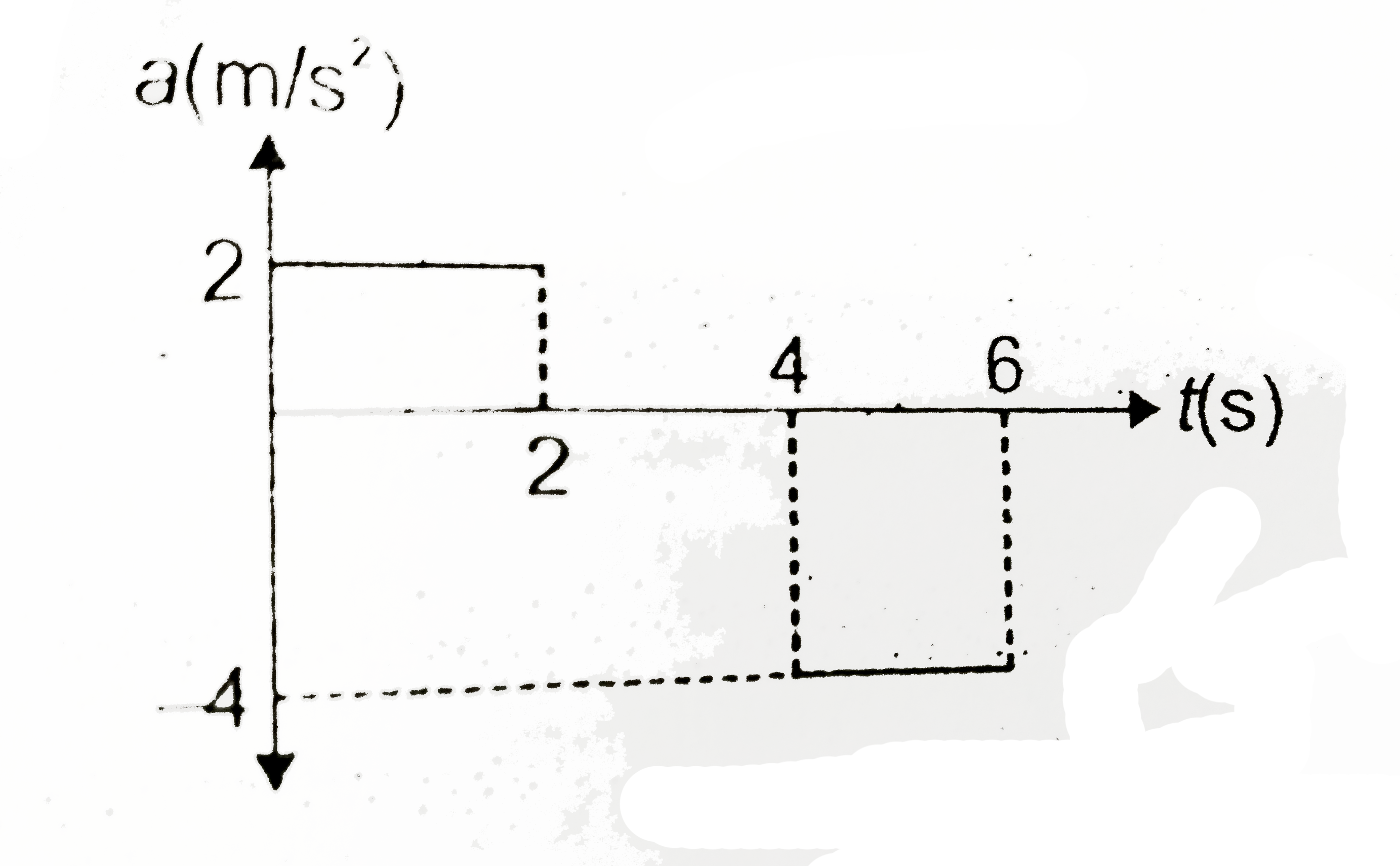
View SolutionWhen a particle performs S.H.M., its kinetic energy varies periodically. If the frequency of the particle is 10, then the kinetic energy of the particle will vary with frequency equal to
View Solution
Knowledge Check
A body performs S.H.M. Its kinetic energy K varies with time t as indicated by graph
A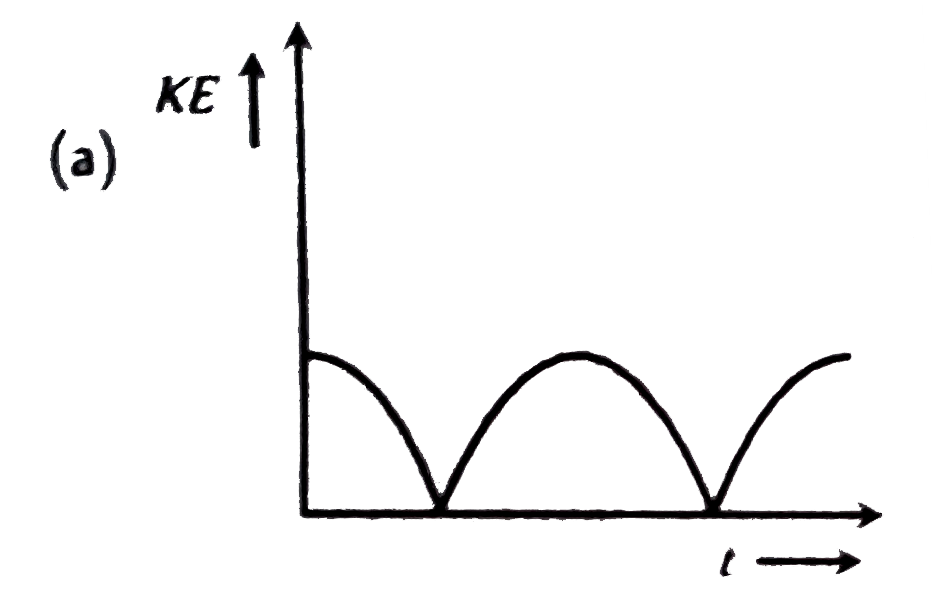 B
B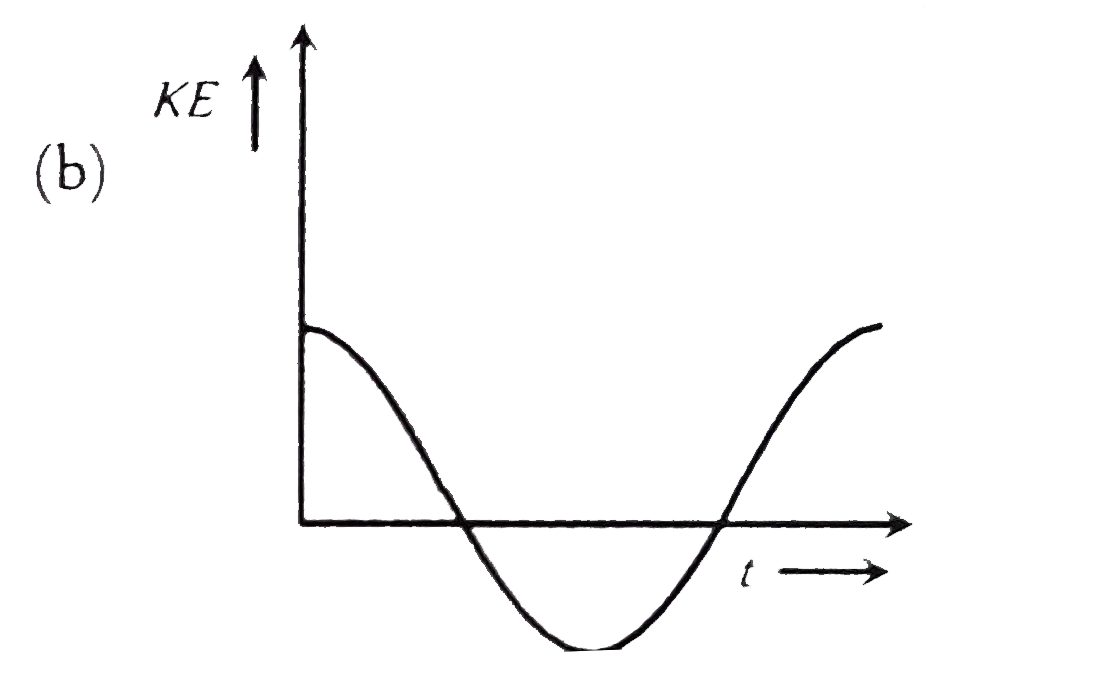 C
C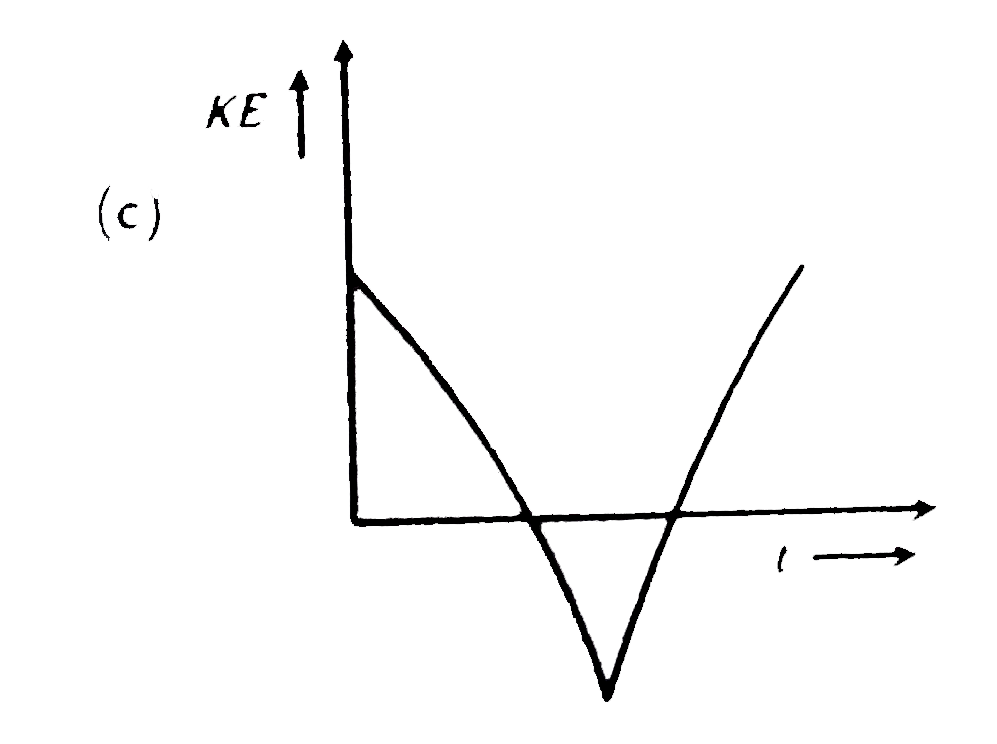 D
D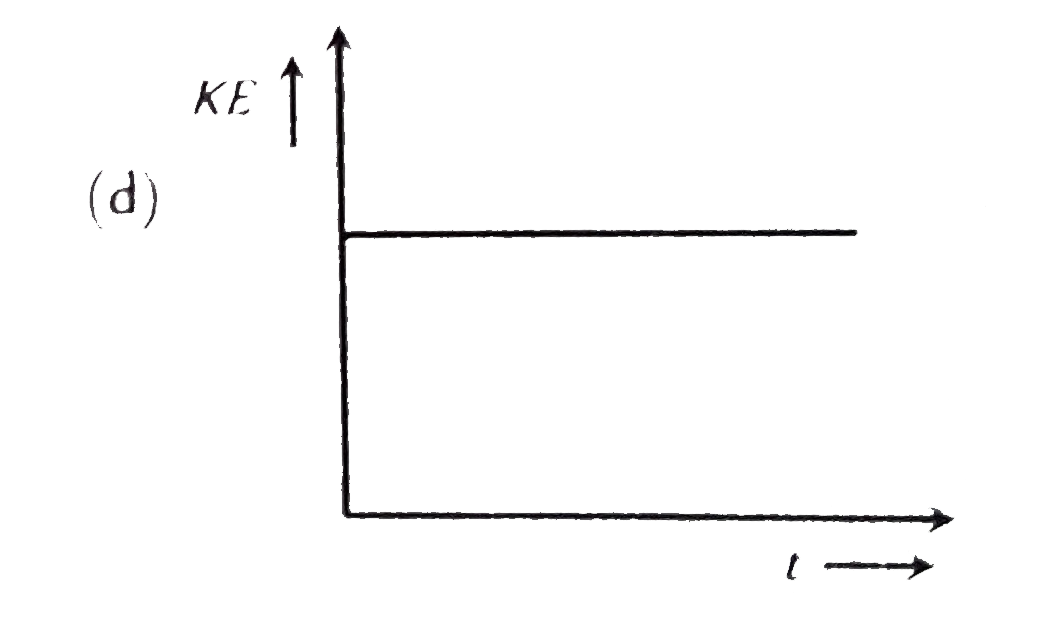
As a body performs SHM its potential energy U. varies with time as indicated in
A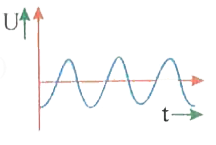 B
B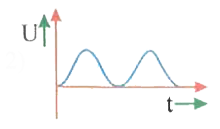 C
C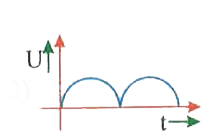 D
D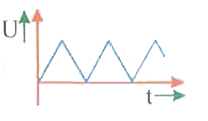
The total energy of a particle executing SHM is E. Its kinetic energy is K at the mean position. Then always
AE−K=0BE−K<0CE−K>0DE−K≥0
A particle is performing S.H.M. Its total energy ie E When the displacement of the particle is half of its amplitude, its K.E. will be
View SolutionThe kinetic energy K of a particle moving along x axis varies with its position (x) as shown in the figure. The magnitude of force acting on particle at x = 9 m is -
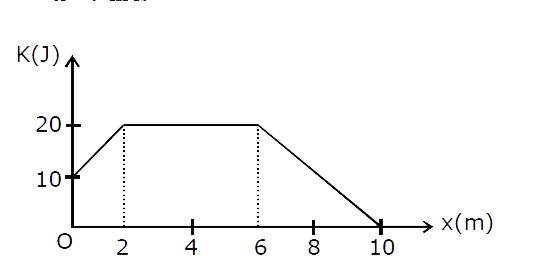
View SolutionFor a particle performing a S.H.M. the potential and kinetic energies will be equal when the displacement of the particle is
View SolutionA particle starts from rest. Its acceleration at time t=0 is 5m/s2 which varies with time as shown in the figure. The maximum speed of the particle will be
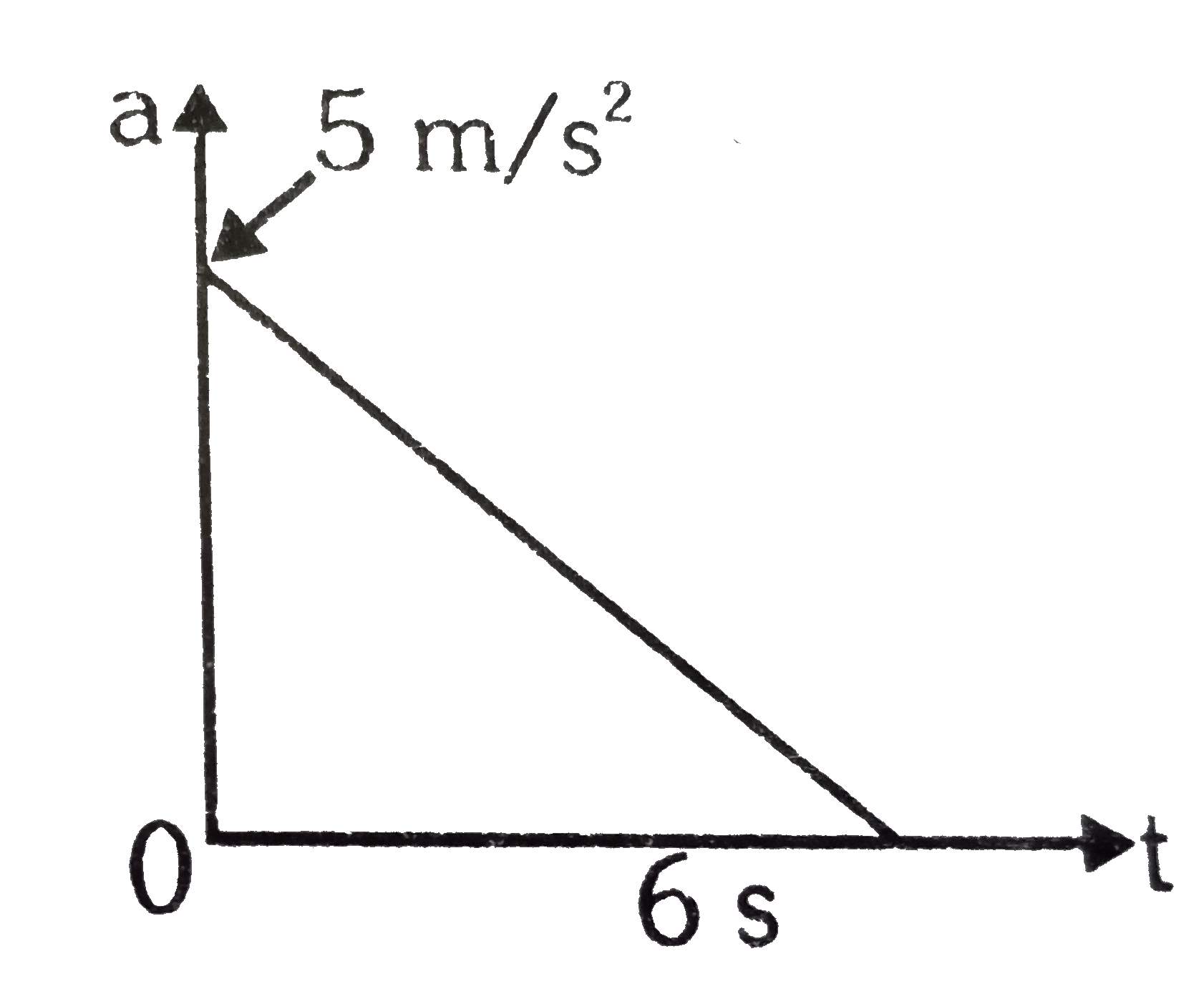
View SolutionA particle is acted upon by a force F which varies with position x as shown in figure. If the particle at x * 0 has kinetic energy of 25 J, then the kinetic energy of the particle at x = 16 m is
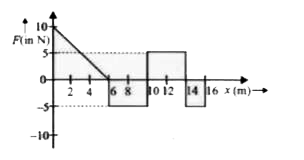
View Solution

